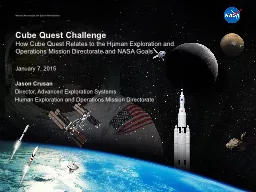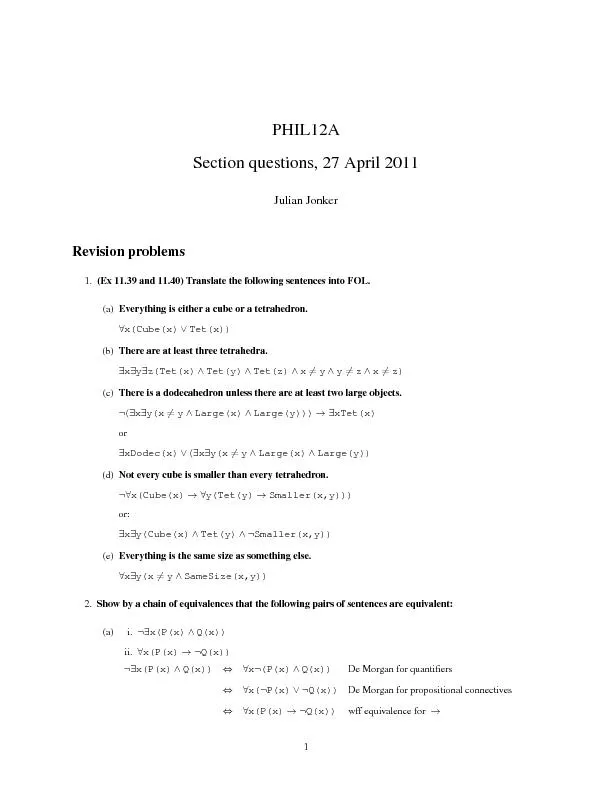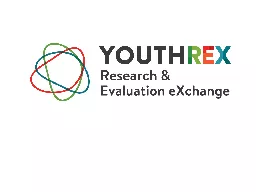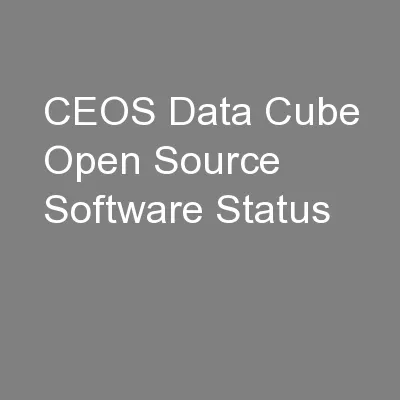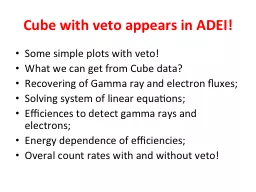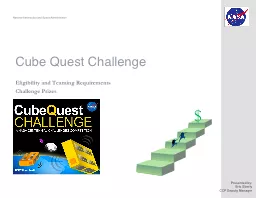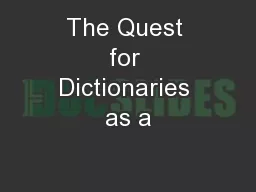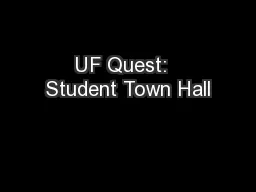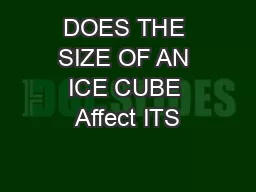PPT-Cube Quest Challenge How Cube Quest Relates to the
Author : littleccas | Published Date : 2020-08-27
Human Exploration and Operations Mission Directorate and NASA Goals January 7 2015 Jason Crusan Director Advanced Exploration Systems Human Exploration and
Presentation Embed Code
Download Presentation
Download Presentation The PPT/PDF document "Cube Quest Challenge How Cube Quest Rela..." is the property of its rightful owner. Permission is granted to download and print the materials on this website for personal, non-commercial use only, and to display it on your personal computer provided you do not modify the materials and that you retain all copyright notices contained in the materials. By downloading content from our website, you accept the terms of this agreement.
Cube Quest Challenge How Cube Quest Relates to the: Transcript
Download Rules Of Document
"Cube Quest Challenge How Cube Quest Relates to the"The content belongs to its owner. You may download and print it for personal use, without modification, and keep all copyright notices. By downloading, you agree to these terms.
Related Documents

